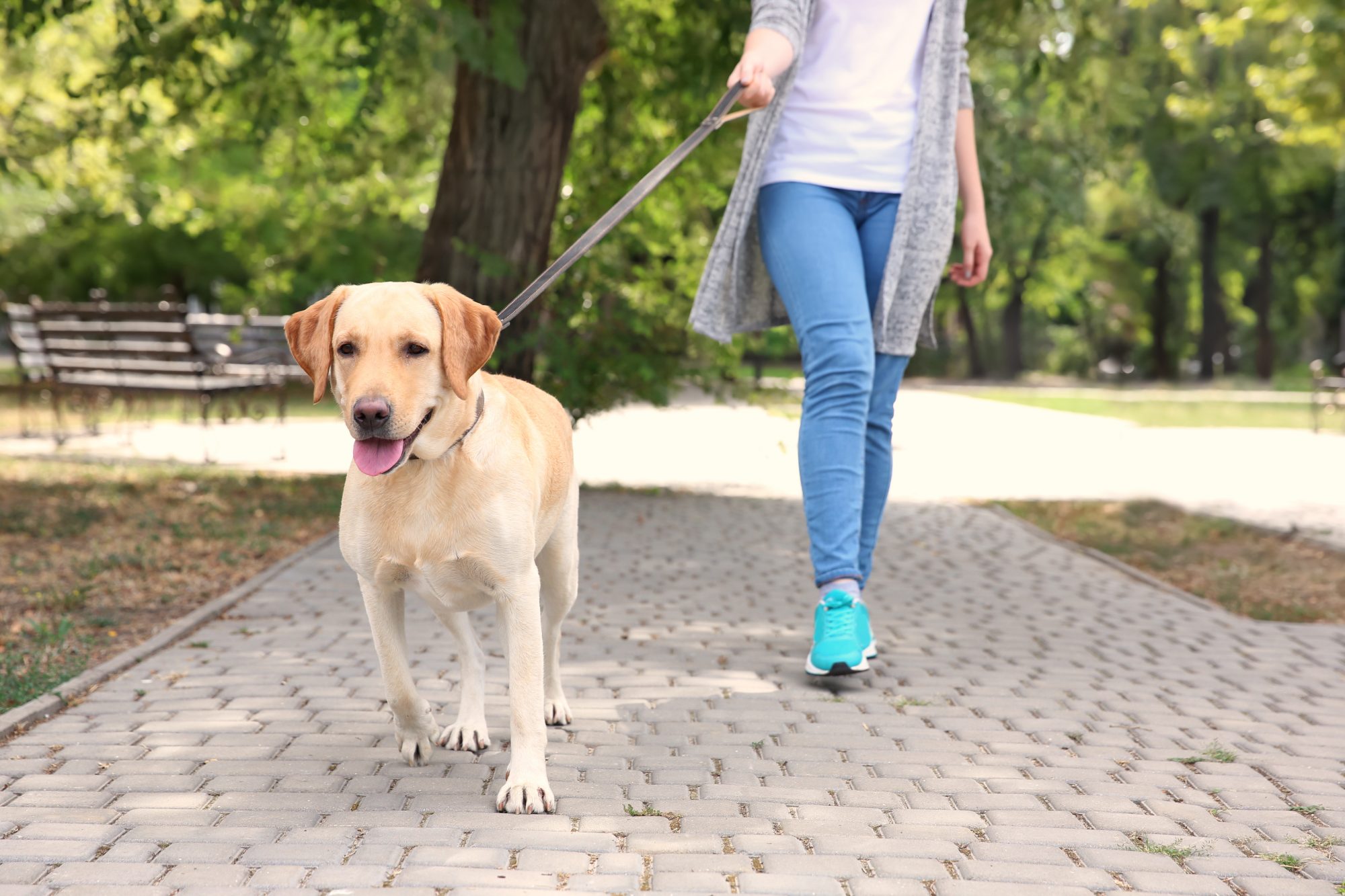Dog Tired: Avoid Over-Exercising Your Dog

Are you over-exercising your dog during COVID-19? Exercise and fresh air are good for us and our pawed friends. During this spring, as we wait out the impact of COVID-19, most of us are staying at home with our loved ones, including the family dog. For our mental and physical health, a walk or run around the neighborhood is about the only way to escape the house. You grab the leash and the dog and head out. But how many walks are good for your dog, and how much is too much?
To avoid over-exercising your dog, your team at Oakland Veterinary Referral Services is here to help you stick to a pet friendly, healthy exercise regiment.
Signs that You May Be Over-Exercising Your Dog
Most of us have a hard time carving out time to give our dogs those daily walks during regular life. When we are stuck inside, though, we may start giving them one too many walks. Depending on your dog’s fitness level, there is a definite risk of excessive exercise if there is no build-up for increased stamina.
Dogs, like us, need to increase fitness over time. If they are not used to more than a 10-minute walk or playtime, suddenly expecting more than an hour of activity can set them up for injury and medical problems.
If they’re over-extended, they may be resistant to exercise or develop mobility issues, anxiety, and exhaustion/lethargy. Be alert to signs of problems with your pet’s energy and physical stamina. They may be going beyond their limits.
How Much Exercise Should I Give My Dog?
The amount of fitness a dog needs depends on many factors, including age, energy level, breed, health, and individual personality. The best resource to determine your pet’s fitness level and goals is your veterinarian. During COVID-19, you may want to check Barkercise which has an exercise calculator that can be informative, too.
Most healthy adult dogs will do well with 30 minutes of exercise or activity like fetch each day, but there are exceptions when your pet is health compromised or has issues with mobility.
Keep in mind, too, that as the temperatures rise, dogs can become overheated or fatigued. Avoid exercising your pet when the weather is warmer than 85-90 degrees, opting for morning or evening strolls and play.
Staying on Track
Exercise is certainly necessary for all healthy canines. But each pet’s exercise needs are personal to them. As a rule, no more than an hour of playtime or exercise, including walks, should be given to your pet each day. During the COVID-19 “stay at home” order, we have to also be mindful of how many family members are walking or playing with our pet and for how long.
Get to know your pet’s favorite forms of exercise. Do they love to run alongside you? Swim? Hike? Or just hang out and run around in the yard? They will be a lot happier if you respond to the activities they love most.
Questions?
If you have questions about the dangers of over-exercising your dog, their specific exercise needs, or to schedule an appointment, please call us. During this trying time of a global pandemic, we understand that walks can help all of us, including our dogs, stay well. Just ensure all exercise is within the right duration each day for their health.


